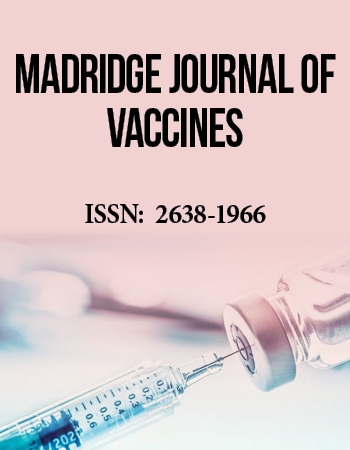International Conference on Vaccines
Feb 20-22, 2017 | Baltimore, USA
One shot nipah virus like particle (NiVVLP) vaccine study
1John A Burns School of Medicine at University of Hawaii at the Manoa Campus, USA
2National Institute of Allergy and Infectious Diseases, USA
Nipah virus (NiV) a highly lethal zoonotic paramyxovirus that was first recognized in Malaysia in 1998. Fruit bats (Pteropusspp) are the reservoir host of this virus. NiV infection caused a severe febrile encephalitis outbreak in humans who worked in close contact with pigs suffering from respiratory disease. The case fatality rate in humans was around 40%. Since 2001, the virus has re-emerged in Bangladesh and India where bats have been identified as the principal source of the virus and the case fatality ~60-100%. In this study, we have produced mammalian cell-derived native Nipah virus-like particles (NiV VLPs) composed of NiV G, F and M proteins. We have done a One Shot vaccine study at NIAID IRF facility. In vitro studies using transmission electron microscopy (TEM), the VLPs were structurally similar to authentic virus, functionally assembled and immuno-reactive. Western blot analysis showed that indeed the VLPs were composed of the G, F and M proteins. Hamsters vaccinated with adjuvantedNiV VLP survived.
Biography:
Dr. Walpita earned her PhD from the University of London, England. Before joining UH, she was a Senior Research Scientist at Wyeth Vaccines, and more recently as Research Faculty at University of Texas Medical Branch. Her research interests include molecular biology, immunology, and pathogenesis of paramyxoviruses. Her current investigations are focused on developing virus-like particle (VLP)-based vaccine for two of the paramyxoviruses, Nipah virus and respiratory syncytial virus. She is pursuing studies to understand the biological and host response properties, and the ultrastructural make-up of varying VLPs with the aim of maximizing their therapeutic potential. An additional interest is in evaluating the molecular mechanisms of transcription and replication of viruses in the Paramyxovirinae subfamily.


